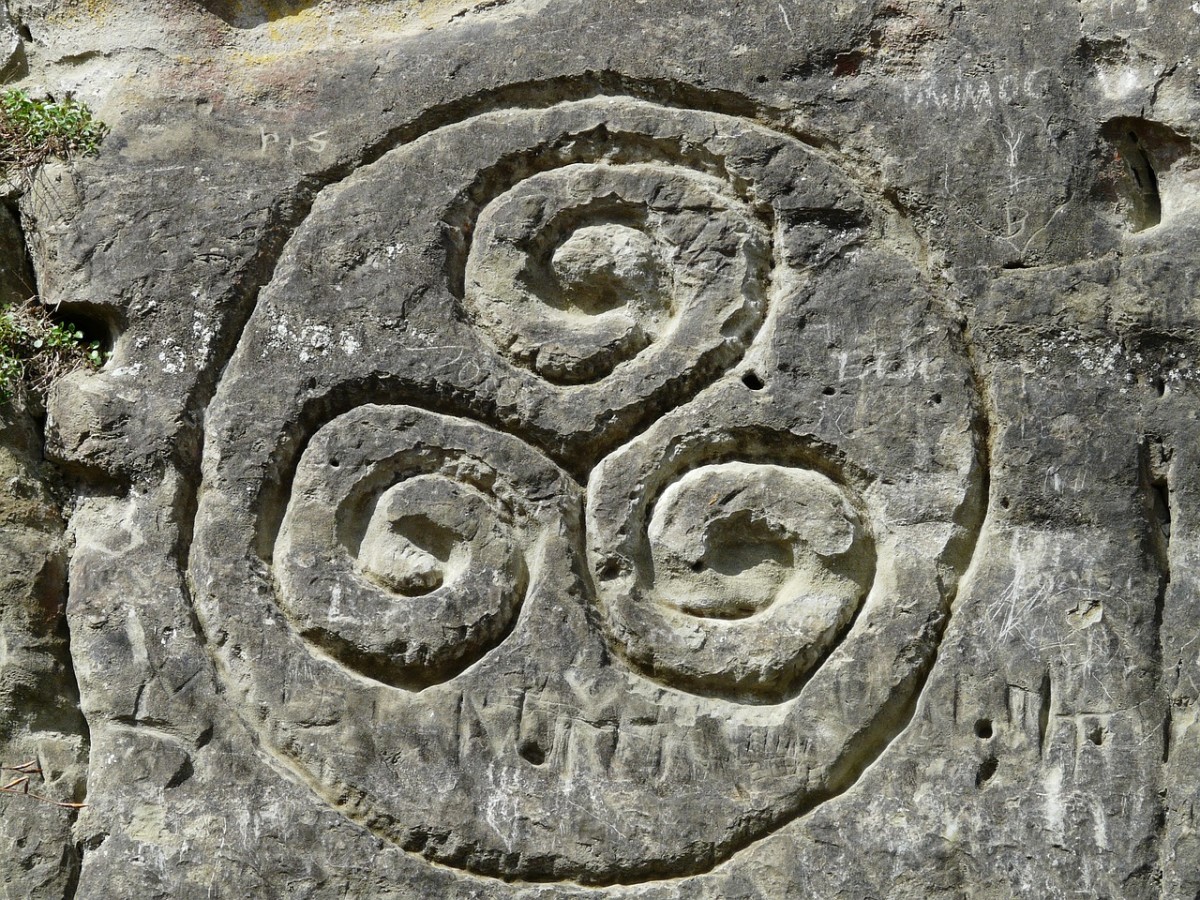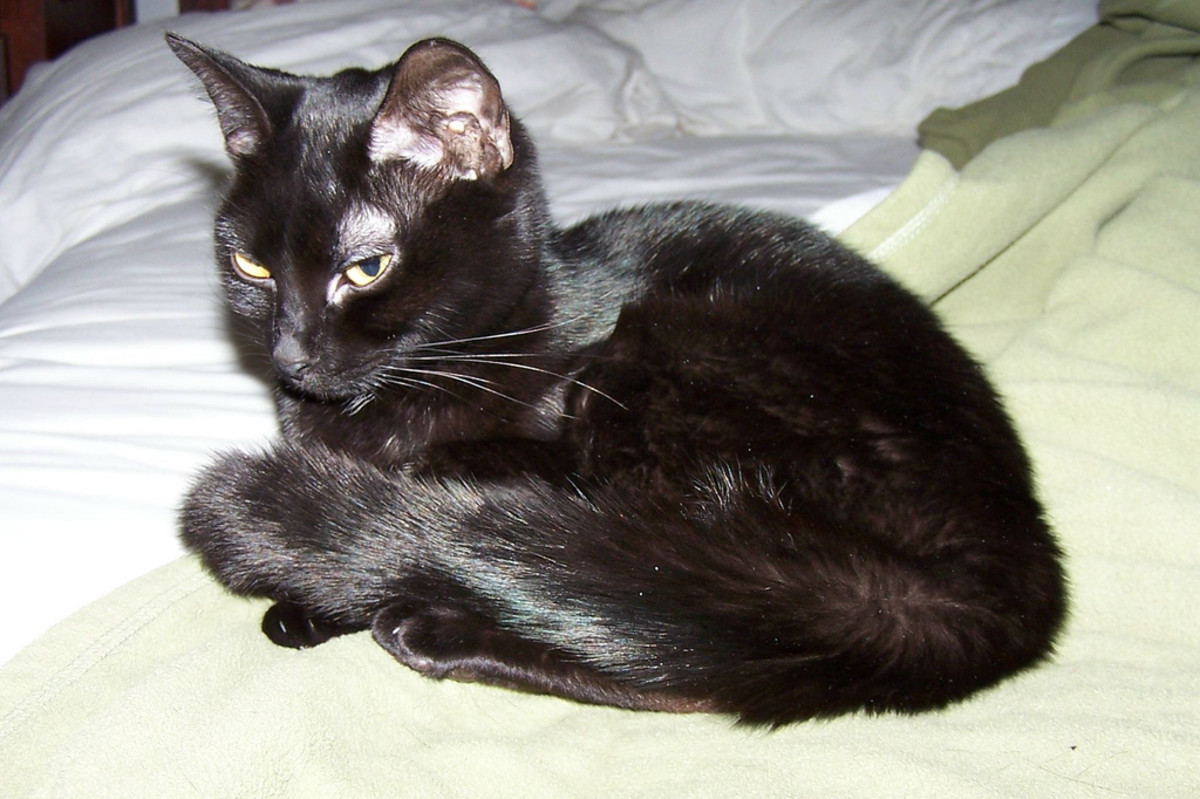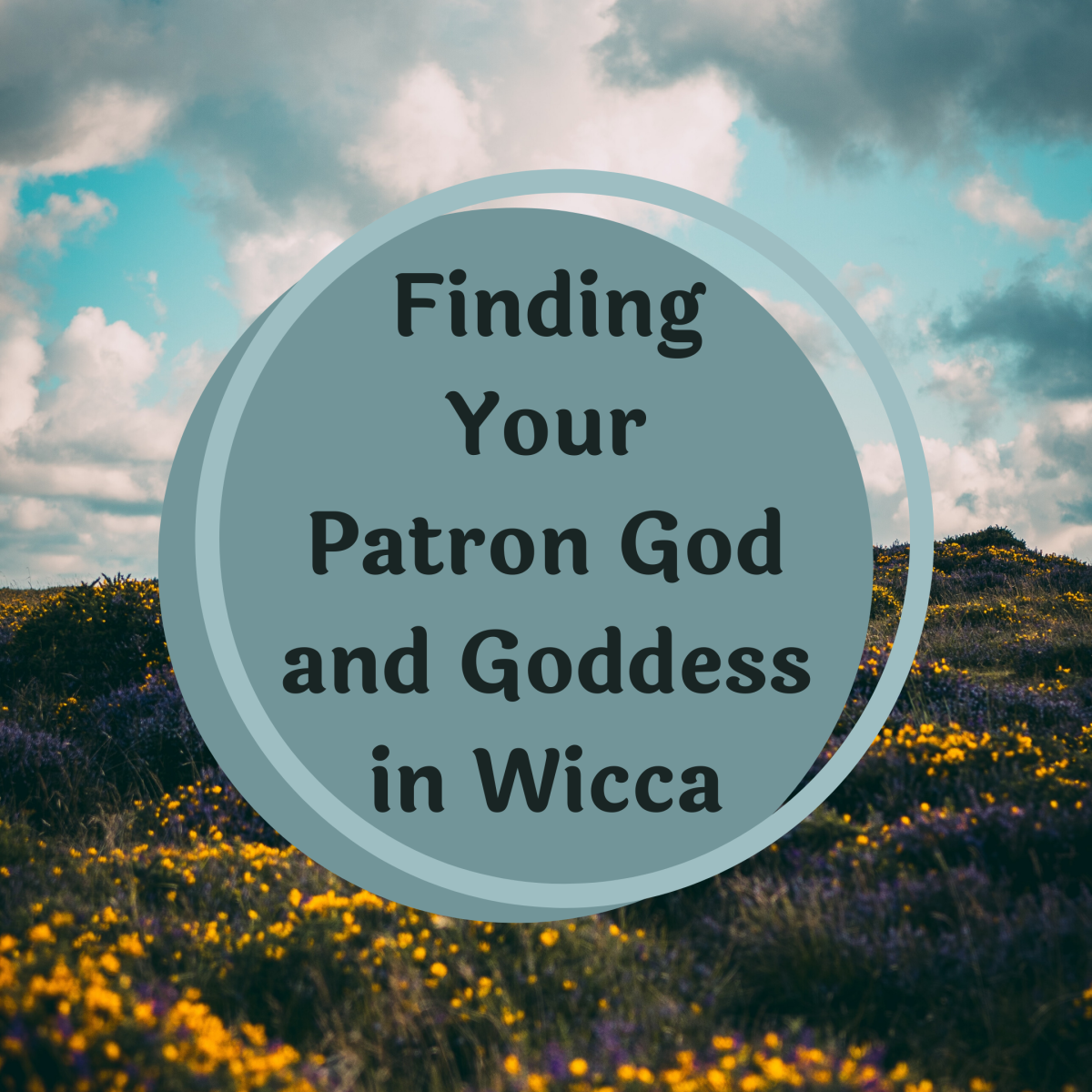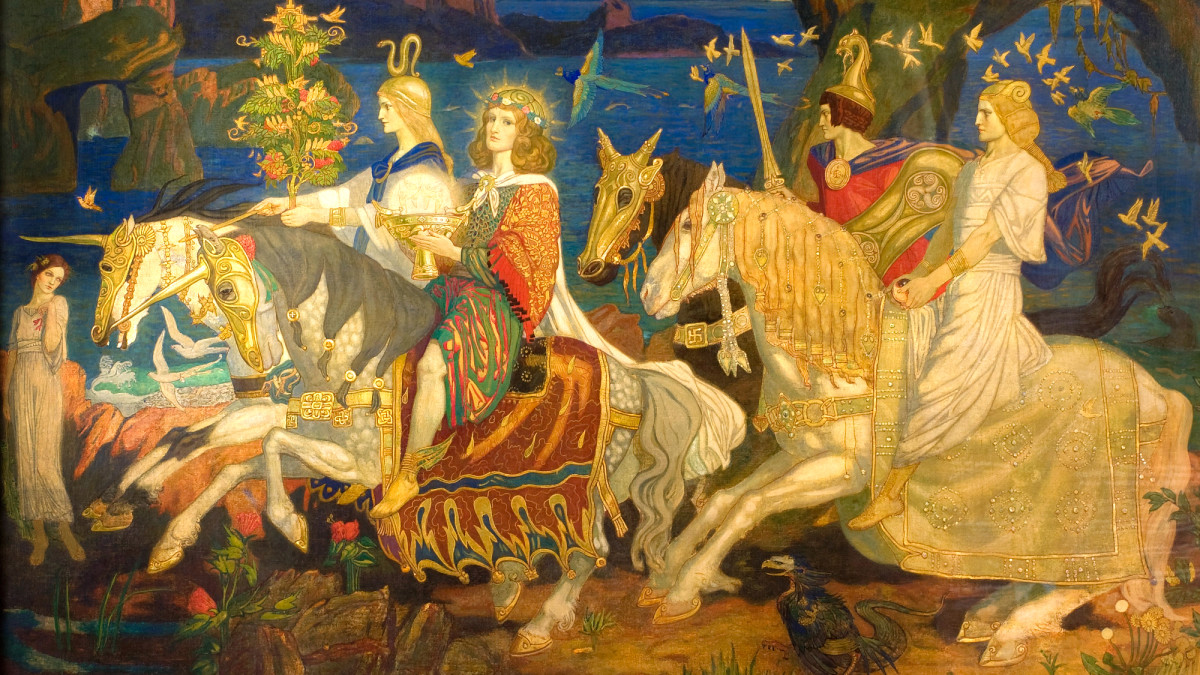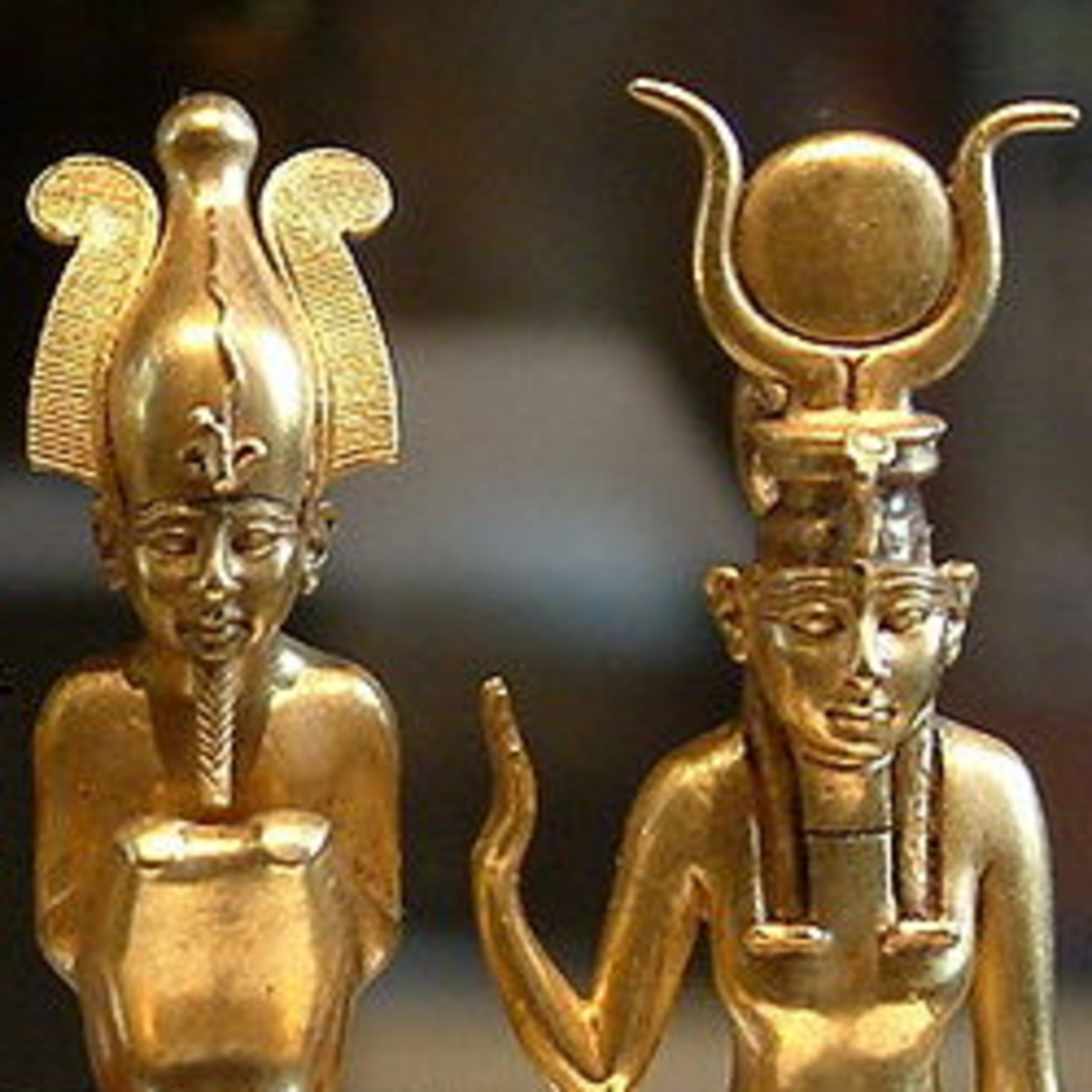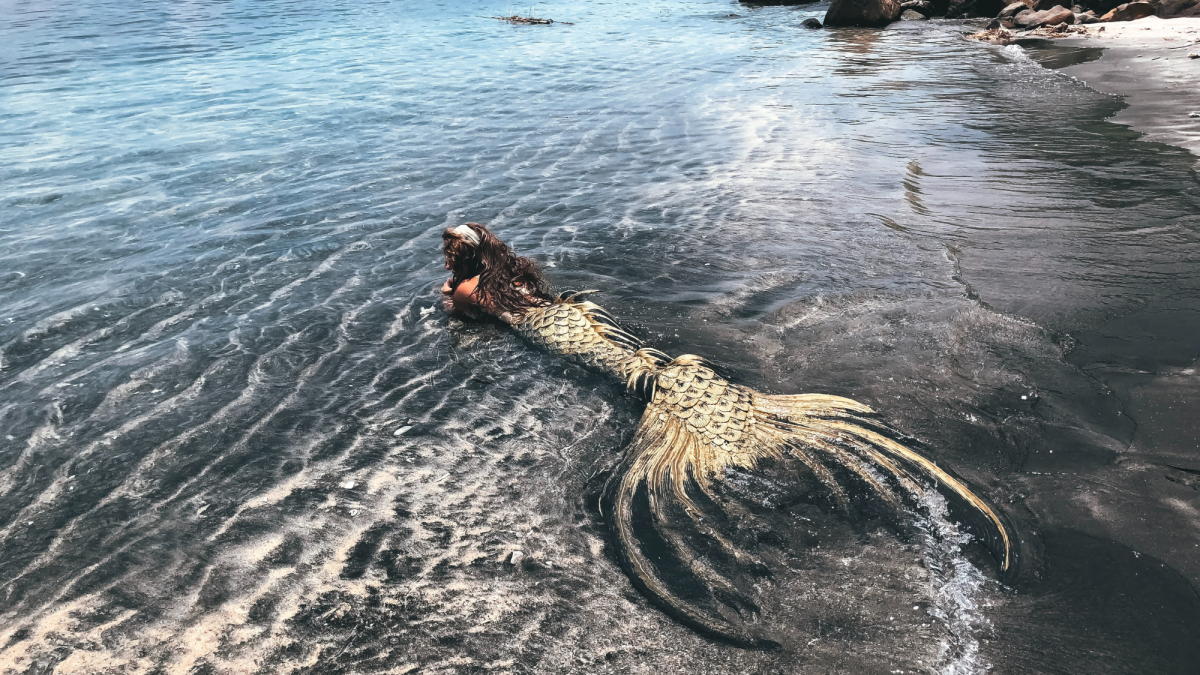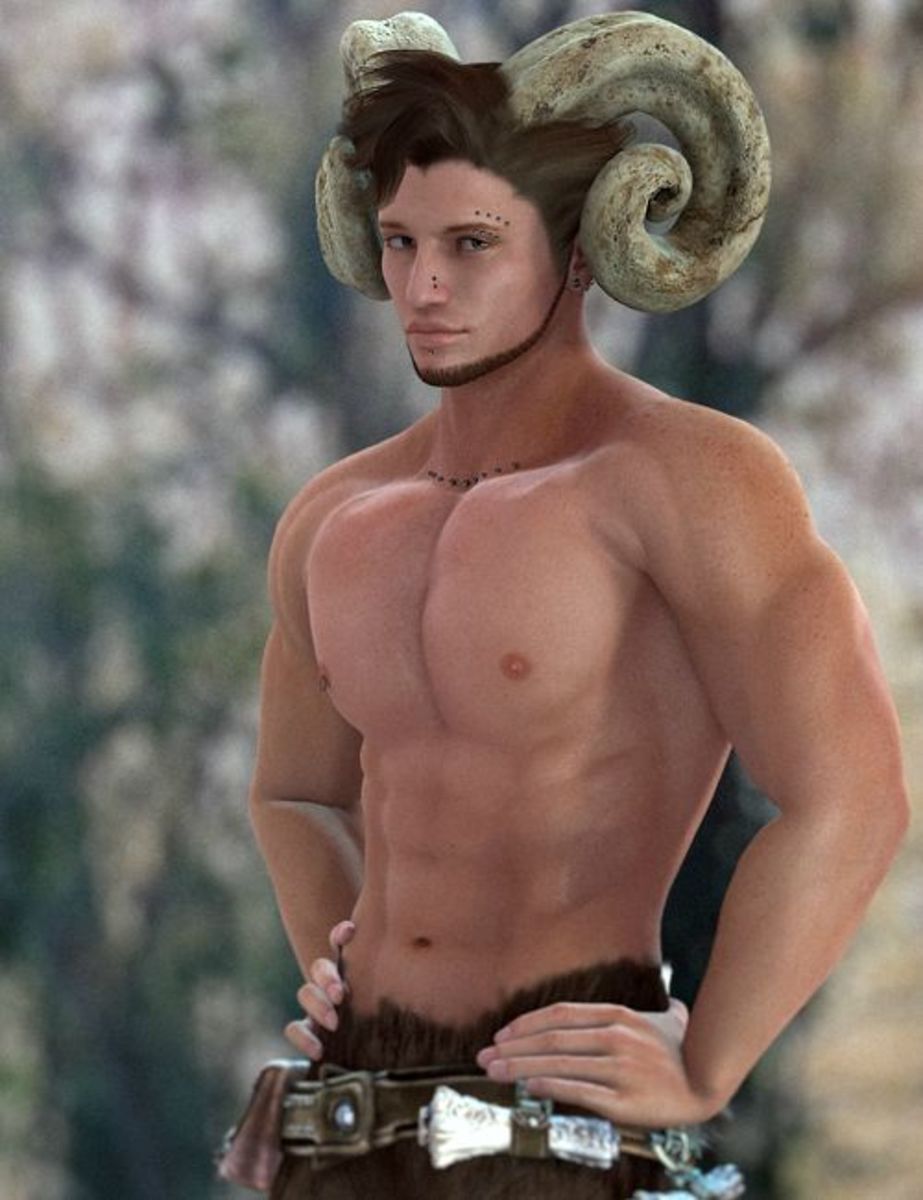Life on the Fringe - 21: Twilight - Gods and Heroes, the Final Curtain
Lugh, god of light, king of the Tuatha De Danann
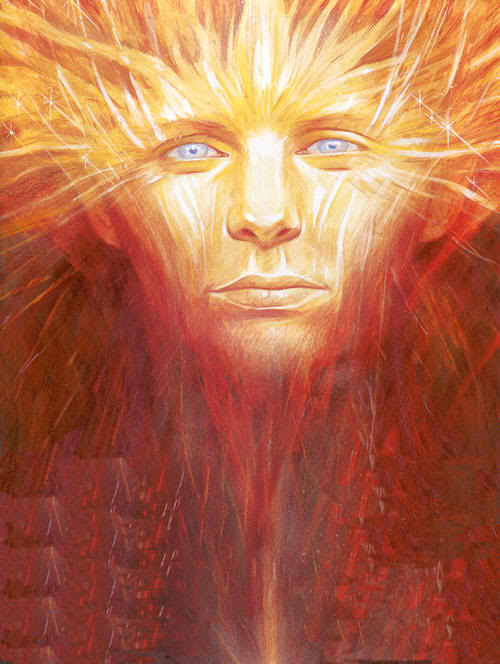
LUGH, associated with light, was one of the leading gods. He can be identified with the Britons' and Gaulish god Lugus and the Brythonic/Gallic god Llud. Lughnasadh, the Gaelic celebration before the harvest is named after him as well.
There are divers tales of how and where he came about and he is thought to have become chief among the gods after Nuada, king of the Tuatha De Danann. He showed he was master of many skills, thus earning himself the name 'Samildanach'.
As king of the Tuatha De Danann he led them into the second battle of Magh Tuiredh. In the battle he took the shape of someone with a single arm, alternately a single eye or arm, thus confusing and wrong-siding their enemy the Fomorii. The Fomorii were beaten and Lugh slew their leader Balor in single combat with slingshot to his one eye.
Legends about Lugh are many and various, his claim to godliness was staked in his popularity.
++++++++++++ A little more on the Tuatha De Danann ++++++++++++++++++++++
Thought by some Biblical historians to be the tribe of Dan or Dann, who fled Israel sooner than be enslaved around 1000 BC with the help of the Phoenicians when the Assyrians attacked. They came from an area inland from the modern city of Haifa, and took a coronation stone known to them as the Stone of Jacob, later considered to be the Stone of Scone. The Phoenicians traded around Britain for gold and bronze artefacts and knew of the island we call Ireland, where they took Dann's tribe who settled in the north (now Ulster). The stone was also called 'Jacob's Pillow', from when he fell asleep with his head resting on it and dreamt of a far-off land. It is thought to have been taken across the sea to the north-west of mainland Britain in the 5th Century AD and a kingdom called Scotland carved out of the Kingdom of the Strathclyde Britons.
Rock samples tested showed similarities to stone quarried in northern Israel. However investigations into cut marks have shown it to be of Pictish origin, the rock having been probably excavated in the north-east of Caledonia (Roman name for the territory we now call Scotland). Further tests showed it to be similar to stone found at Clonmel, Ireland.
['Secrets of the Bible - Stone of Jacob', Yesterday Channel, 19, Wednesday 23rd November, 2016]
Macha
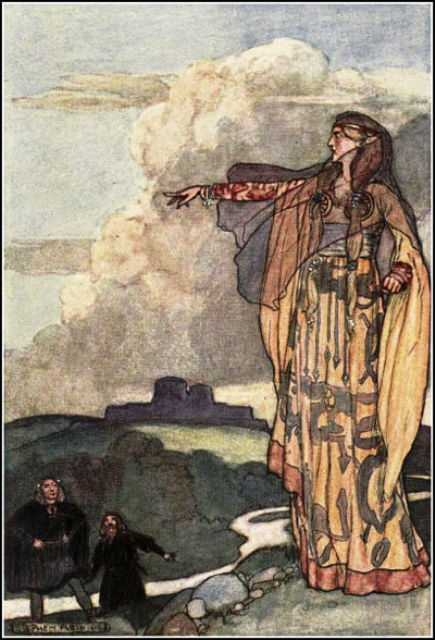
MACHA was a goddess sometimes seen as one, at other times as three deities. She was at once linked to war, to fecundity, to the wellbeing of Ireland as well as with horses. As goddess of fecundity she was seen she was also seen as a mother-figure. As a war goddess she was present at battles and used her powers wilfully to help either side.
She was the wife of Nemedh, leader of the third migration or invasion of Ireland, and she foresaw the Tain Bo Cuailgne after which she died of a broken heart. She is also thought to have wedded Nuada and been killed by Balor.
One legend offers her as a warrior queen around 377 BC, and put Emhain Macha - the old centre of Ulster - as having been named for her. It has also been mooted that the warrior queen was another Macha, whose deeds have been mistaken for those of the wise woman Macha. Yet another source tells us she was the wife of Crundchu or Crunn-chu of Ulster (?) Her name as a fast runner led her husband to brag at the Ulster gathering that she could outrun the king's best steeds. A race was set and Macha did beat the horses. however she was heavily pregnant at the time of the race and gave birth to twins. She died in childbirth as a result of her exertions, living long enough to put a curse on the men of Ulster. The nature of the curse was that they could feel her birth pains at a pivotal time in battle, and thereby would be severely weakened for four nights and five days. The only warrior in the company not to be affected would be Cuchulainn
Mail or Mael Duin
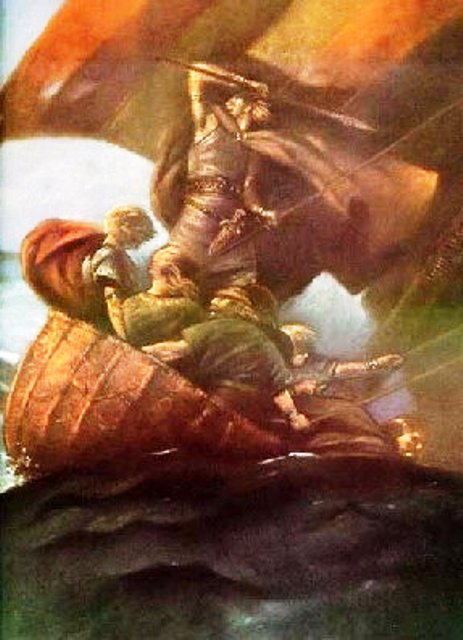
MAIL DUIN/MAEL DUIN was a hero at the heart of one of the Immram or long voyage legends. He was the son of a nun who had been raped by Ailill, said to have crossed the sea from Aran.
With a number of companions Mail Duin set out to find a band of marauders who set on and slew his father. The Immram records their progress and the adventures they encountered along the way. They found the murderers and were about to kill them when a hermit interceded on the killers' behalf to advise against Mail Duin's plan of action.
The hermit informed them that as God had looked after them on their crossing from Ireland - the inference being that he would no longer look after them on their return crossing - they should forget about taking revenge. Mail Duin and his companions agreed against their plan of action and were guided back to their home shore by a falcon
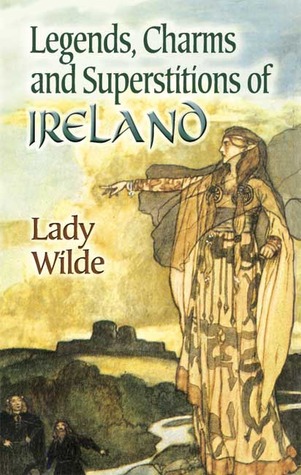
Lady Wilde - Legends, Charms and Superstitions of Ireland
Ireland's folklore, 'before the snakes left', Gaelic legend, beliefs and fears, the gods and saints laid bare in an overview of the secret life of the Emerald Isle. Lady Francesca Wilde delves into the light and dark of Ireland's folklore and lays it bare
Miodchaoin
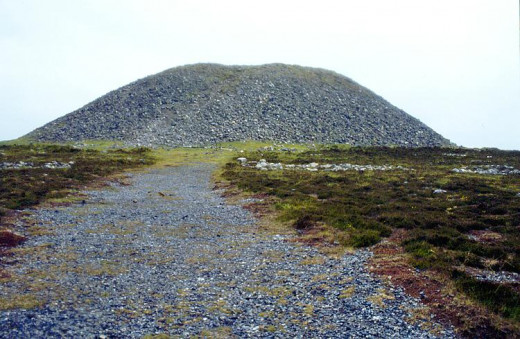
MIODCHAOIN was a warrior, a friend of Lugh's son Cian, who lived on a hill. He had been put under a 'geis' or bond, never to let anyone shout from the summit of the hill.
Miodchaoin had a battle the three sons of Tuirenn when they came to his hill to carry out the last of three tasks imposed upon them by Lugh as punishment for the killing of his son Cian. In a long and arduous battle Miodchaoin was slain and his three attackers were barely alive by the end of the fight.
As they lay dying they managed very weakly by then to shout three times, therefore carrying out the last of their tasks. From where they lay bleeding they begged Lugh to heal their fatal wounds. Lugh, having refused their pleas watched them breathe their last
Ronan's son Mail or Mael Fuothartaig...
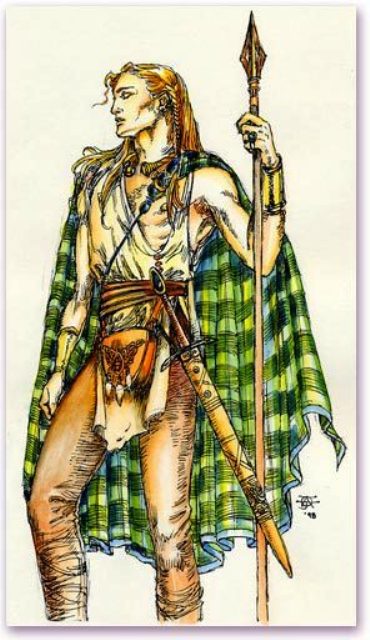
Ronan's son and Ross 'the Red'
RONAN was king of Leinster, the father of Mail Fuothartaig and husband of Ethne. When Ethne died he re-married, to the daughter of Eochaidh. She was young yet, and although she let herself be wed to Ronan at her father's insistence she had her sights set on Mail. When he rejected her advances she was livid at being spurned.
To spite the young fellow she claimed to Ronan that his son had tried to rape her. The father was unwilling to believe her accusation but she persisted and talked him into believing her. When he was finally convinced Ronan ordered his son killed. When he later learned the truth of his young wife's scheming he died grief-stricken. His lying queen took poison on his death sooner than face the anger of his clan;.
Another king of Leinster, Ross 'the Red' is thought b some to have given his epithet to the 'Red Branch', a military elite, who held their gatherings in a red room. He wedded Maga, the daughter of Oenghus, who bore him a giant by the name of Fachtna. Fachtna was in turn wedded to Nessa, becoming shortly afterward the father of Conchobar mac Nessa.
Ruadh
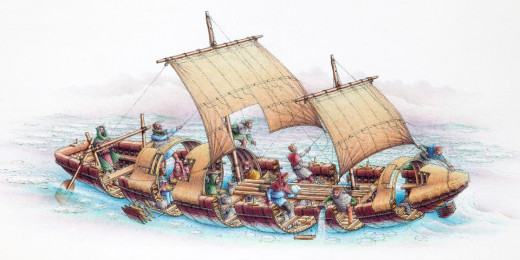
RUADH, a son of Rigdonn was on a long sea crossing, his ship leading others to Norway when the ships suddenly ceased to move forward even though their sails were filled by a strong south-westerly wind.
There is more than one version of the legend, one having Ruadh dive into the sea and swimming aft under his ship to see what had stopped them even with the wind behind them. He found three giantesses there, holding onto the keels. To be able to carry on Ruadh went with these giantesses at their 'request' to their home and became their lover. The giantesses told Ruadh that they would each bear him a son, and that on his return voyage he would have to pay his respects to them... or else.
Ruadh's three ships were released and they sailed on. He forgot his word and they did not stop off on the way back. The giantesses took their revenge by cutting off his sons' heads and throwing them after Ruadh as he passed.
Another version tells us that when the ships were becalmed Ruadh and his men ran out of food and water. He swam in search of help and came to an island where there was a cave entrance under the sea. Nine beautiful women lived in this cave and by their invitation spent nine nights with them, each woman bearing him a son.
Ireland, the early kingdoms and the Celtic Studies Association of North America
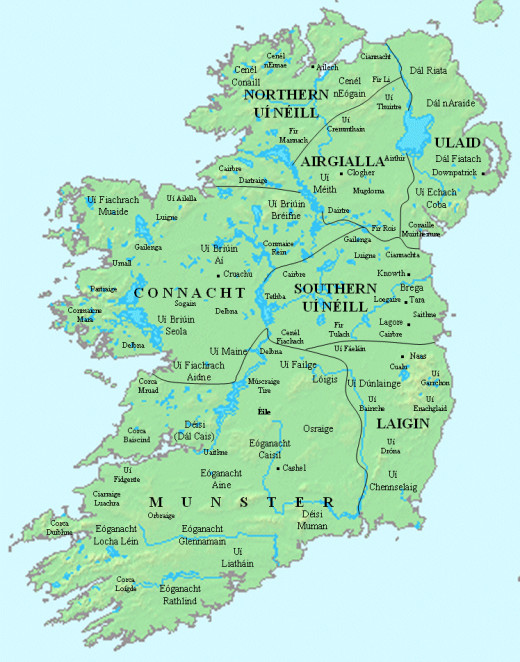
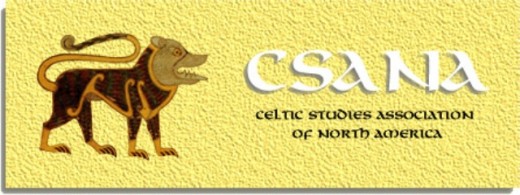
Gaelic/Gallic Study Groups
In the off-chance of any readers wishing to take this interest in Gaelic/Gallic legends, there are a few study groups that might interest you:
Baltimore (Ireland) Gaelic Study Group: baltimoregaelicstudygroup.wordpress.com;
Manx Gaelic Study Group:Group:
www.meetup.com/Kyarkil-ny-Gaelgey-Manx-Gaelic-Study-Group;
Boulder Scottish Gaelic Study Group: moosenhoodle.com/language/boulder;
Welsh Study Group: www.devstud.org.uk/studygroups/welsh_study_group_42.html;
Celtic studies at Amazon: www.amazon.co.uk/celtic+studies
Have you enjoyed reading this series?
Was reading this series an enjoyable experience for you?
© 2013 Alan R Lancaster

